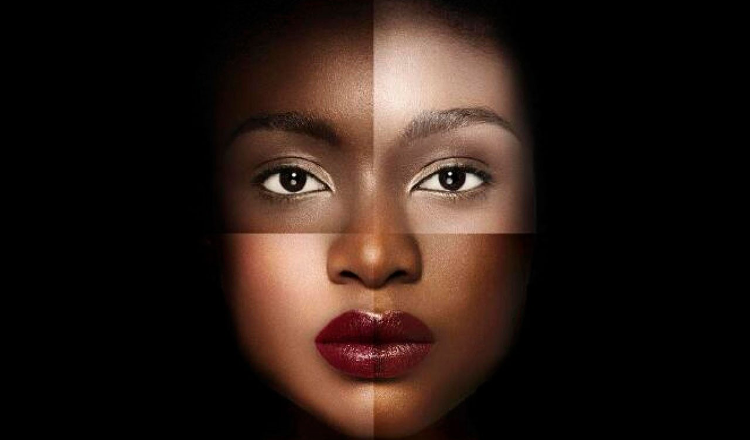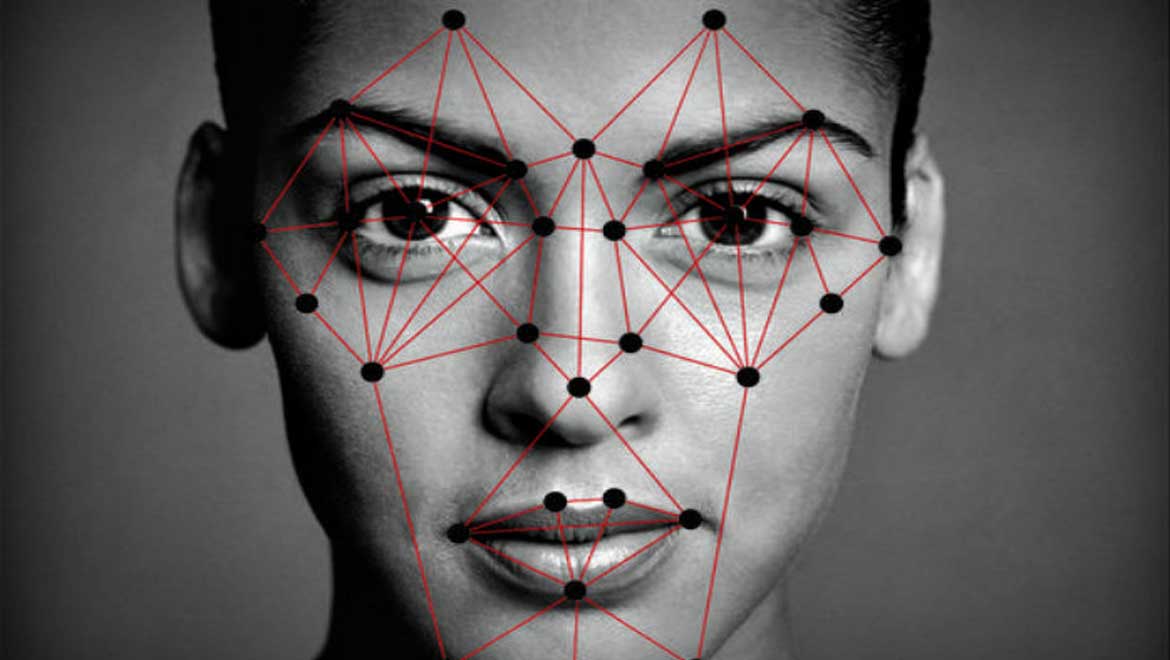
Now, bias in artificial intelligence (we will refer to it as AI bias), typically results from unintentional bias on the part of a programmer. They often do not consider types of people who are different than themselves when they are creating a product.
For example, facial recognition software often has a harder time picking up faces with darker skin tones. This is probably because there was a lack of colored people in the images that were used to teach the software what a face is. This is a problem because products that are supposed to make life easy and fun are not working well for a good percentage of the population. For further information on these issues and ways to resolve them, please visit our FAQ.
Colorism plays a role in the treatment of people all around the world. It is the concept that light-skinned people are treated with a higher regard than their darker-skinned companions.
Colorism does not only exist in Black or African American communities. The idea of Eurocentric features being uplifted is carried all across the globe in other countries and ethnicities. East Asians strive for pale skin and double eyelids. In South Asia and Latin America, dark skin is looked down on, as well. Skin lightening creams are at high demand in India and African countries. As you can see, colorism impacts people in many ways around the world.
